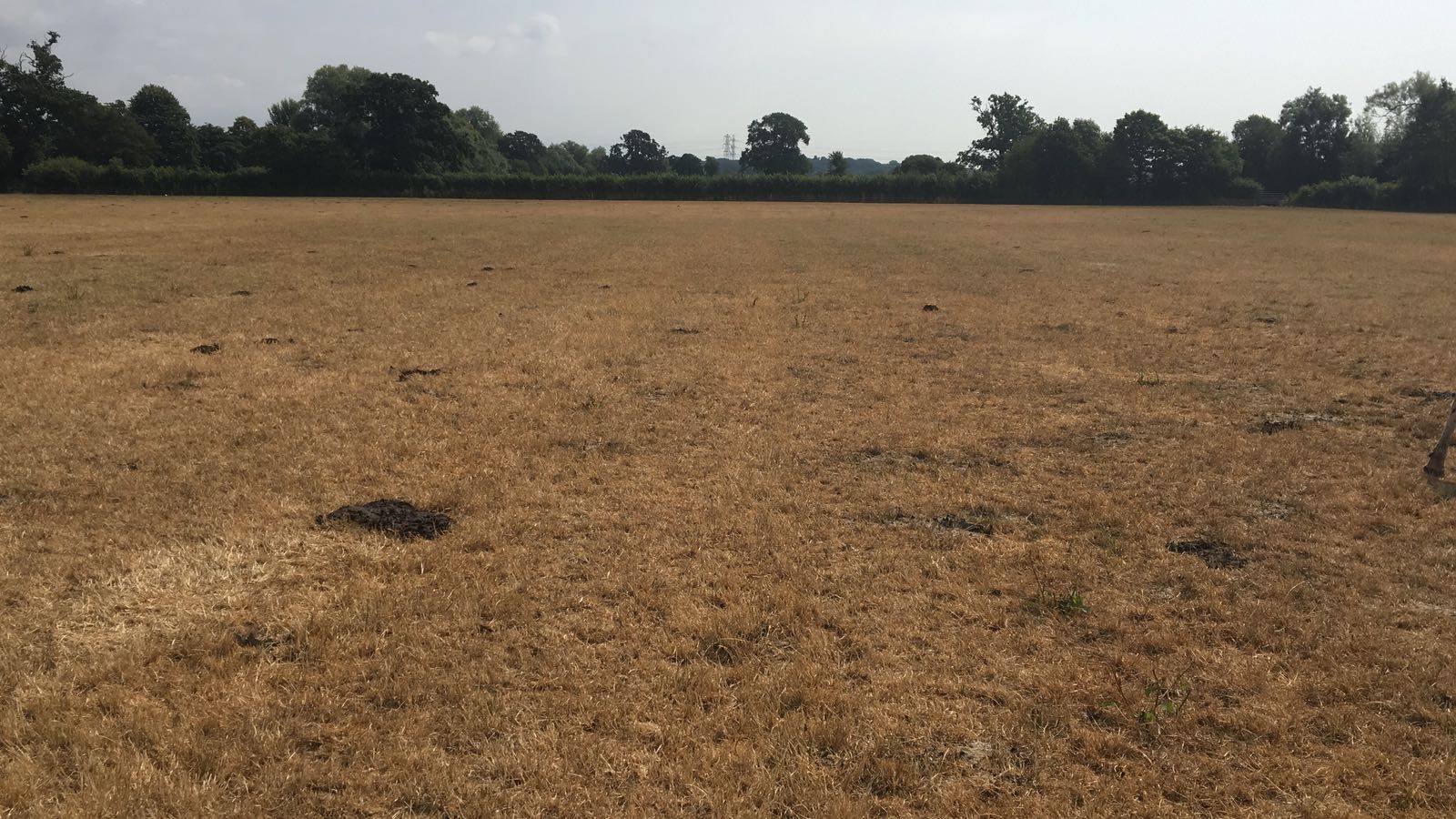- Home
- Knowledge library
- Review your drought management plan
Review your drought management plan
If you’ve had a drought this year, it’s time to review your dry management plan: did it work, or does it need a tweak?
This year has clearly shown the importance of having a plan B for your farm. But it’s important to assess the current situation to decide whether you need new ways to deal with extreme conditions, or better preventative strategies to avoid being caught out by short supplies and high prices.
Kiwi Teaghan Tayler is currently managing a 300-cow herd with her husband in Shropshire, as well as being Senior AHDB Knowledge Exchange Manager in Wales, she believes prolonged dry weather and drought could be the new normal for many.
Since moving to England in 2018, she has had her third year of farming with a drought. However, experienced in dealing with droughts in New Zealand, Teaghan and her husband have been tracking their best performing paddocks to target dirty water applications this year.
“Our reliable-growing paddocks are the ones that retain moisture. Spreading dirty water onto them has meant we are still able to move cows onto grass – despite our rain gauge showing we have had just 2 mm of rain since the start of July, when Shropshire would normally have 64 mm in July,” she explains.
“It’s important to track and understand how your ground grows grass, one of the biggest risks is that we go from spring with a short round length and hit a drought straight away. You want to offer pasture first, then supplements second, lengthening your round early in dry periods and feeding out before the drought really hits.”
Her advice is to look to New Zealand or Australia for ideas on how to get through a prolonged dry spell: they are the world’s most drought-prone countries which still have outdoor milk production systems. In the long term, planting diverse swards with drought-resistant species, or summer crops as a supplement, will become necessary for some farms. Others may find that extreme measures such as reducing milking frequency, drying-off and culling cows off the platform, may become part of the annual summer routine.
Apart from having a written drought management plan as a protocol for the farm team, Teaghan says it’s important that everyone understands the animal welfare risks. “Cows pushed tightly along a track are more heat stressed; does the person at the back on the quad realise this? Cows start to suffer heat stress over 22°C, so look ahead at the 10-day forecast and think how you can minimise the effects. Target paddocks closest to the parlour, those with shade and shelter; look at sprinklers, milking frequency and milking times.”
She points out, however, that wetting cows in the collecting yard just creates humidity if they are then milked in an enclosed parlour. Cooling by evaporation needs an open-sided parlour to be effective, so wet cows after milking.
Don’t forget that a combination of heat stress plus fibrous summer crops (herbal leys or standing hay) can cause cows to drink double their normal daily allocation: “This means that water is crucial and you need to put in extra sources. Water supply should be a problem to fix not one that is endured each summer.”


